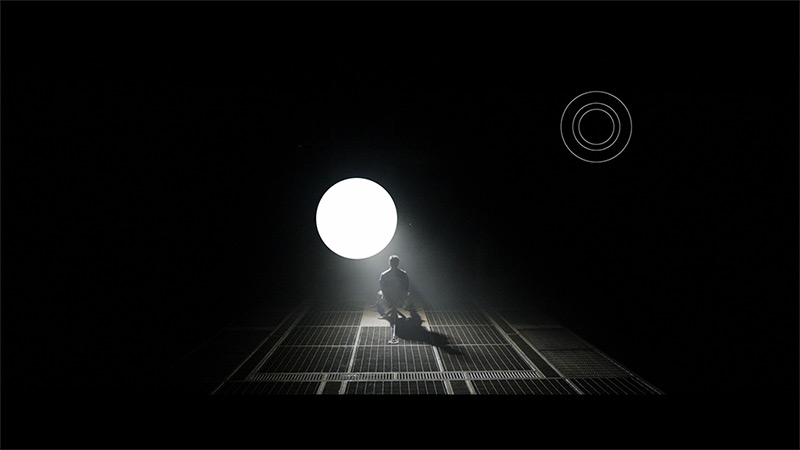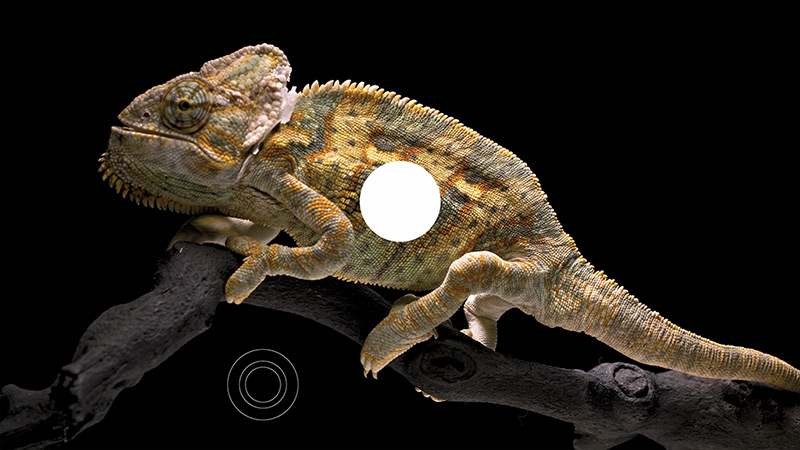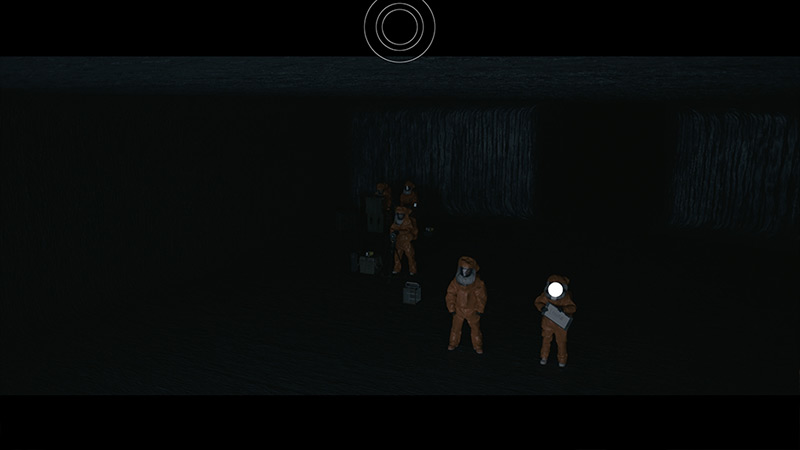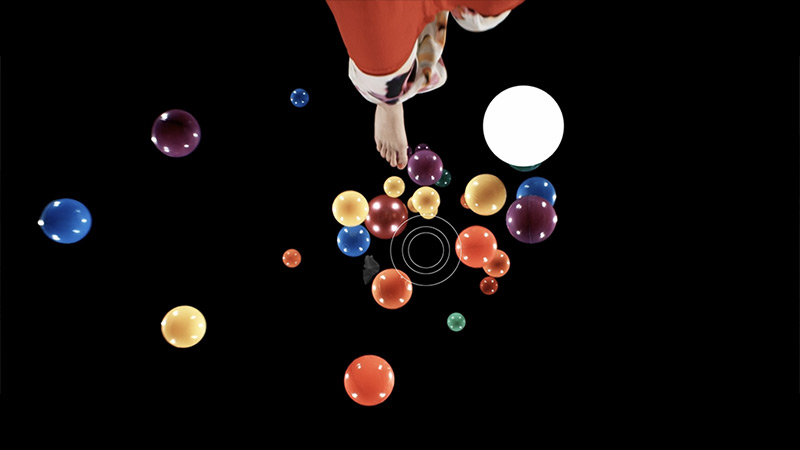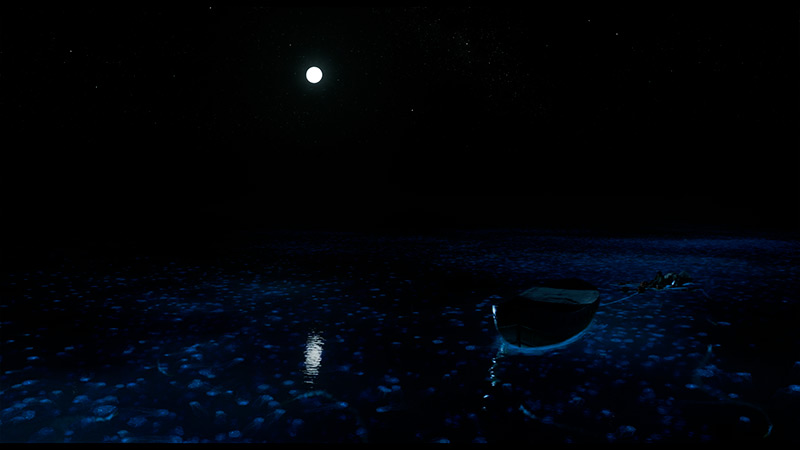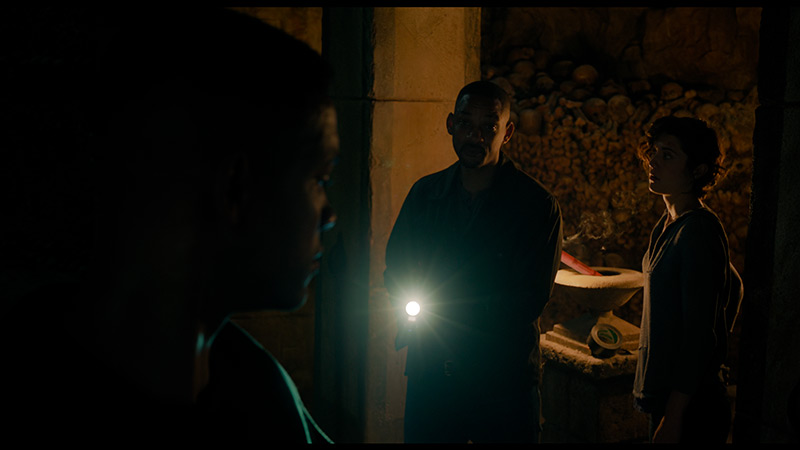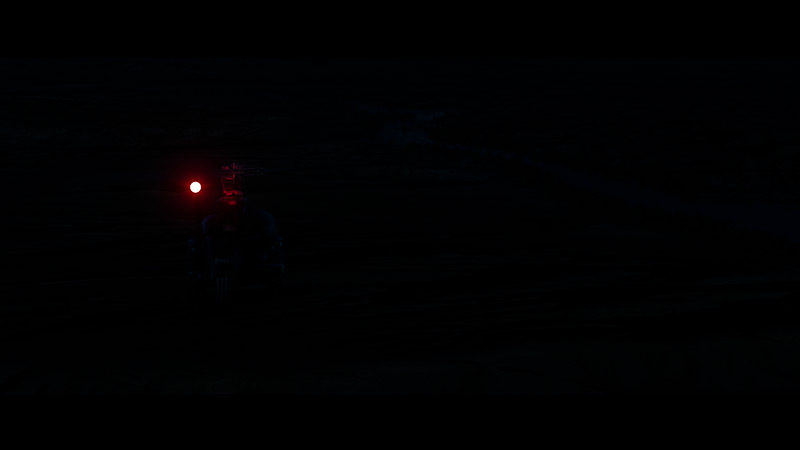The LG NANO82T is the introductory model in LG's 2024 television lineup featuring NanoCell technology. It targets a broad audience seeking a TV with an appealing and user-friendly operating system. WebOS stands out for its intuitive and swift performance, offering a wide range of apps and seamless operation. The Magic remote, functioning like a computer mouse, ensures convenient navigation. For everyday purposes, the LG NANO82T delivers reliably. It supports programme recording, enabling users to save their favourite shows, and features effective upscaling for lower-resolution content. The TV also includes AirPlay and straightforward device pairing through built-in Bluetooth.
In terms of picture quality, the LG NANO82T may not achieve top-tier brightness levels, but it offers a respectable contrast. Its VA panel ensures deep blacks and sharp details, making it well-suited for films and TV shows. Additionally, it serves as a solid choice for casual gamers and PC users. The TV boasts low input lag and essential features for PS5 and Xbox consoles, while font clarity is exceptional for PC use. Overall, the LG NANO82T is an excellent option for those seeking a versatile television with a modern operating system and innovative features that will satisfy most users.












